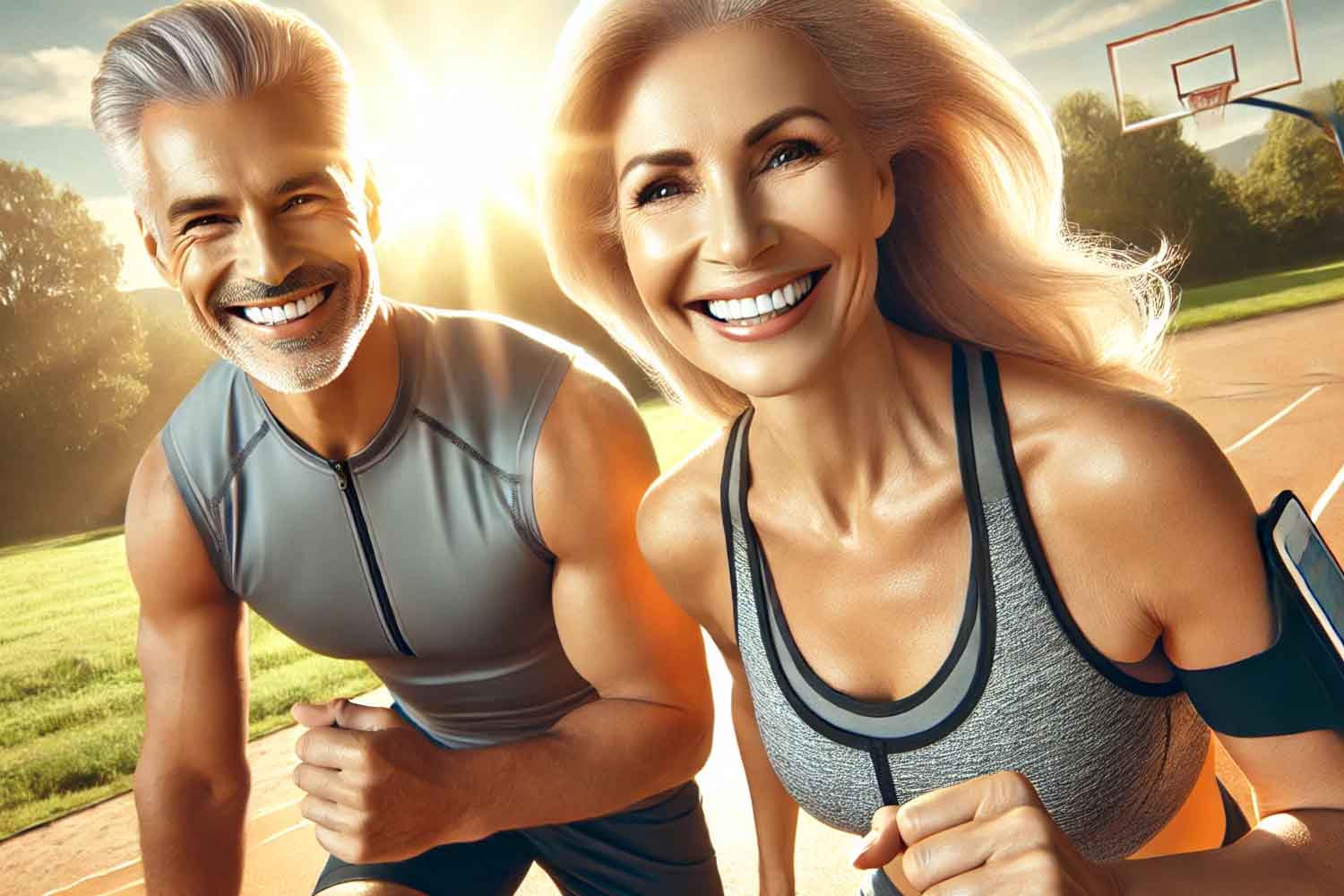After 50, keeping fit is essential for health and well-being: with the right physical activity and a balanced diet, you can improve energy, resistance and quality of life

Table of contents
Once you hit your 50s, staying in shape isn’t just about appearance — it’s a long-term investment in your health and overall wellbeing. As we age, metabolism slows, muscle mass decreases, and flexibility tends to drop. That makes staying active not just helpful, but essential.
Regular physical activity helps prevent chronic diseases, boosts the immune system, and improves your mood — making life more dynamic and fulfilling.
The good news? It’s never too late to start. Even if you’ve never been into fitness, you can still see real gains in strength, stamina, and energy. Walking, swimming, yoga, and Pilates are all excellent low-impact choices for staying fit without stressing your joints.
Why working out after 50 is a game changer
Exercise benefits your entire body. According to a study published in Sports Medicine, regular training reduces the risk of cardiovascular disease by 30% and type 2 diabetes by 25%. It also helps maintain bone density, lowering the risk of osteoporosis.
And your mind? It benefits too. Physical activity increases endorphin production — those “feel-good” hormones — which can ease anxiety, stress, and depression.
Balanced nutrition and hydration matter too
Working out is only half the equation. A healthy diet is essential for long-lasting results. Research from the Harvard T.H. Chan School of Public Health found that a diet rich in lean protein, fiber, and healthy fats helps improve body composition and muscle recovery.
Hydration is equally important. Drinking at least 50–68 ounces of water per day keeps your body hydrated, supports metabolism, and enhances physical performance.
Best exercises to get back in shape after 50
Brisk walking
Walking is one of the simplest yet most effective forms of exercise. A study by the American Heart Association found that 30 minutes of walking per day reduces the risk of heart disease by 35%.
Yoga and Pilates
These disciplines enhance flexibility, posture, and body awareness. The Journal of Aging and Physical Activity reports that Pilates is particularly helpful for easing joint pain and improving balance. Yoga’s benefits have been backed by numerous studies over the years.
Swimming and cycling
Low-impact and joint-friendly, both activities boost cardiovascular endurance. According to the Mayo Clinic, swimming can reduce the risk of arthritis by 40%.
Resistance training
Lifting light weights or using resistance bands helps preserve muscle mass. The National Institute on Aging has shown that strength training combats age-related muscle loss and improves bone density.
How to get started safely
If you’re new to exercise, start slow. Walking for 20–30 minutes a day is a great first step. Gradually increase intensity and duration — no need to overdo it.
Always check with your doctor first, especially if you have chronic conditions. The goal is to train safely and respect your body’s limits.
How movement boosts your brain
Exercise isn’t just physical — it sharpens your mind too. Studies, including one from Johns Hopkins Medicine, show that regular activity enhances memory and lowers the risk of cognitive decline.
It also helps regulate your sleep cycle. Being active during the day leads to deeper, more restful sleep and less insomnia.
How can i get in shape at 50?
By sticking to a regular workout routine and eating a balanced diet. Consistency is everything.
How many times a week should i work out?
Aim for 3–4 times per week, mixing cardio, strength, and flexibility exercises.
What’s the best type of workout?
That depends on your needs. Walking, yoga, Pilates, swimming, and cycling are safe and effective ways to start.
When will i see results?
You’ll typically notice changes in 2–6 months, depending on how consistent and intense your workouts are.
Getting back in shape after 50 is 100% possible — and the benefits are massive, both physically and mentally. With a gradual, steady approach, you can build strength, endurance, and a better quality of life.
It doesn’t matter where you’re starting from — what matters is taking that first step toward a longer, more energetic, and fulfilling life.
